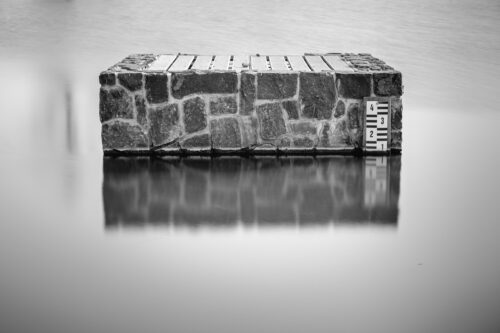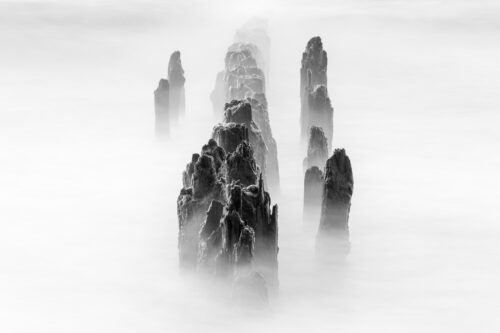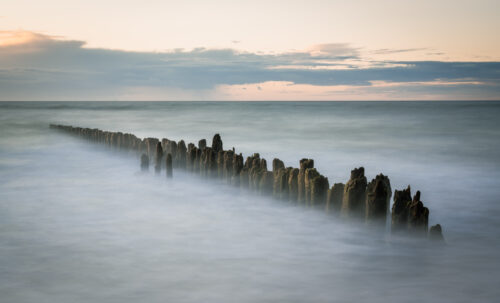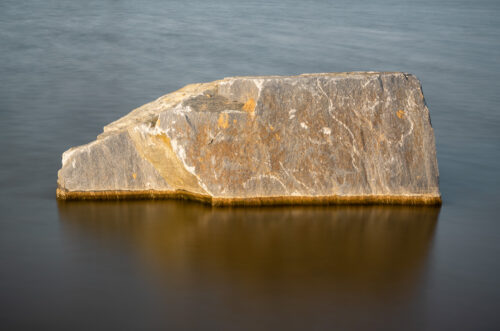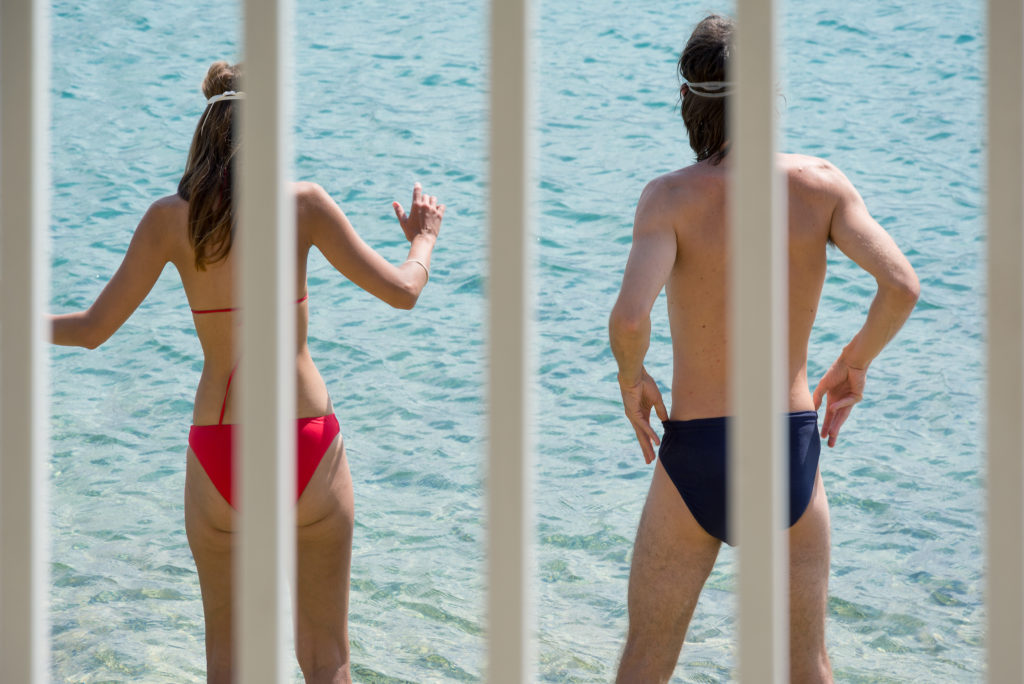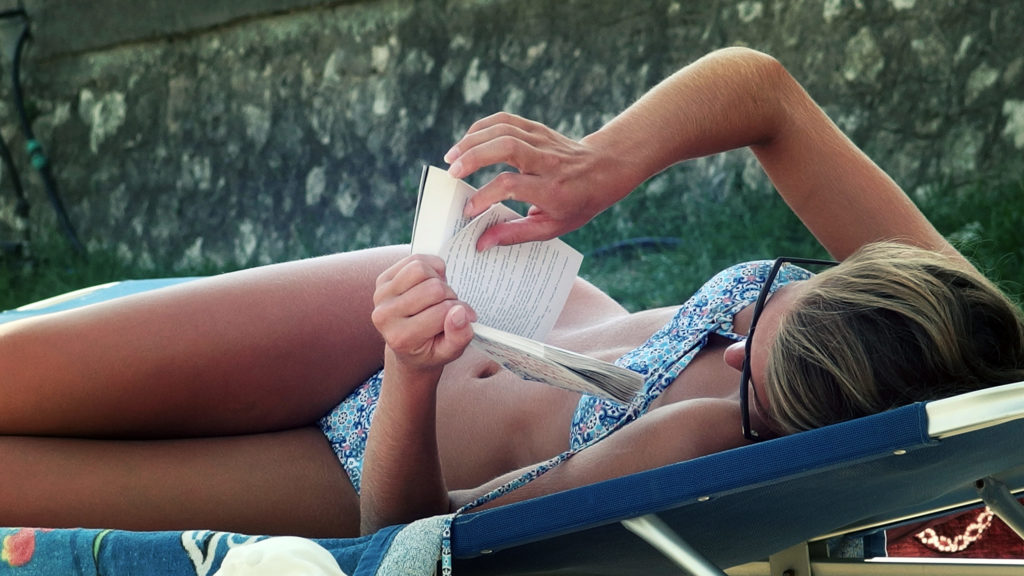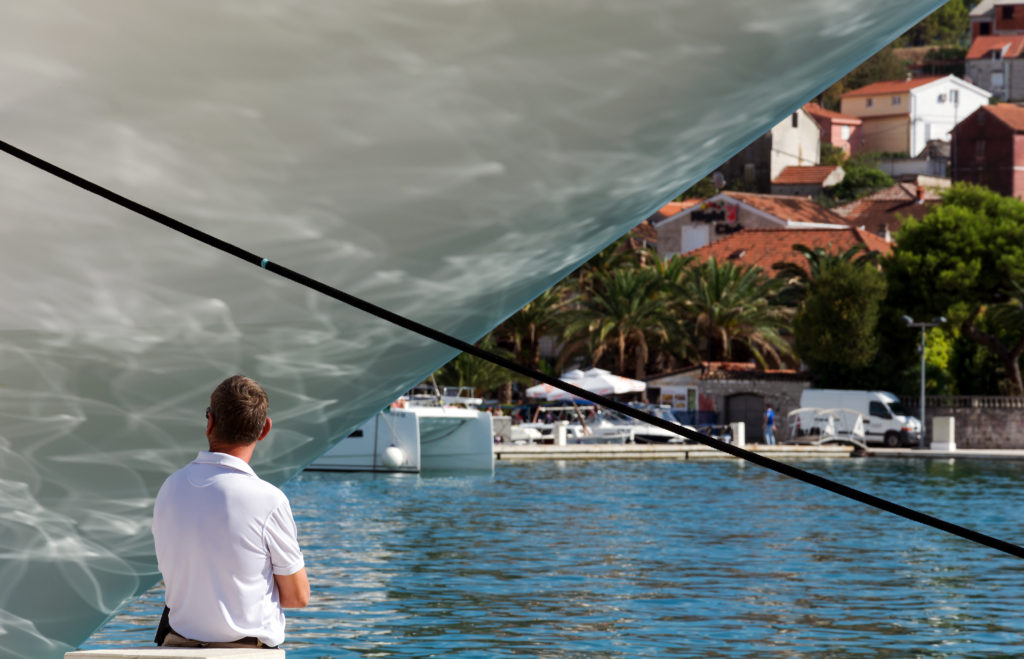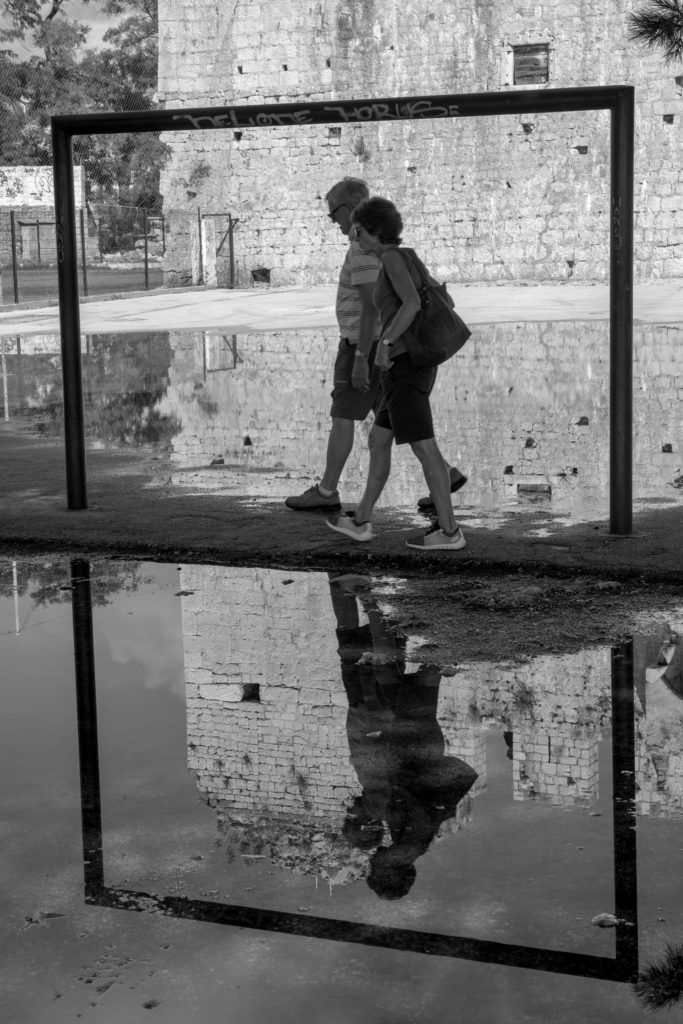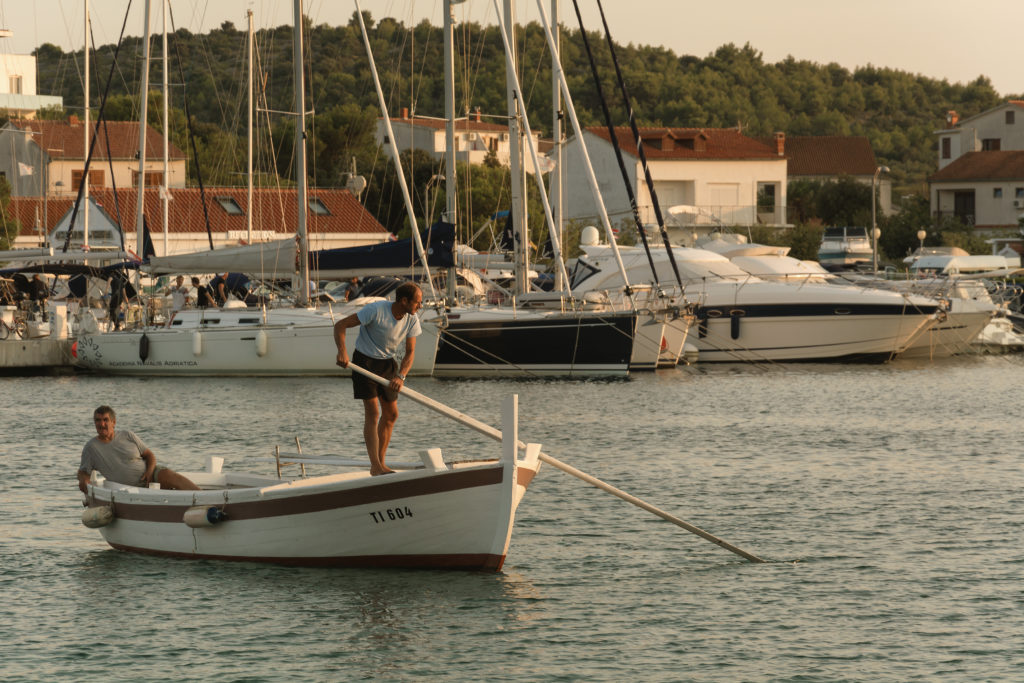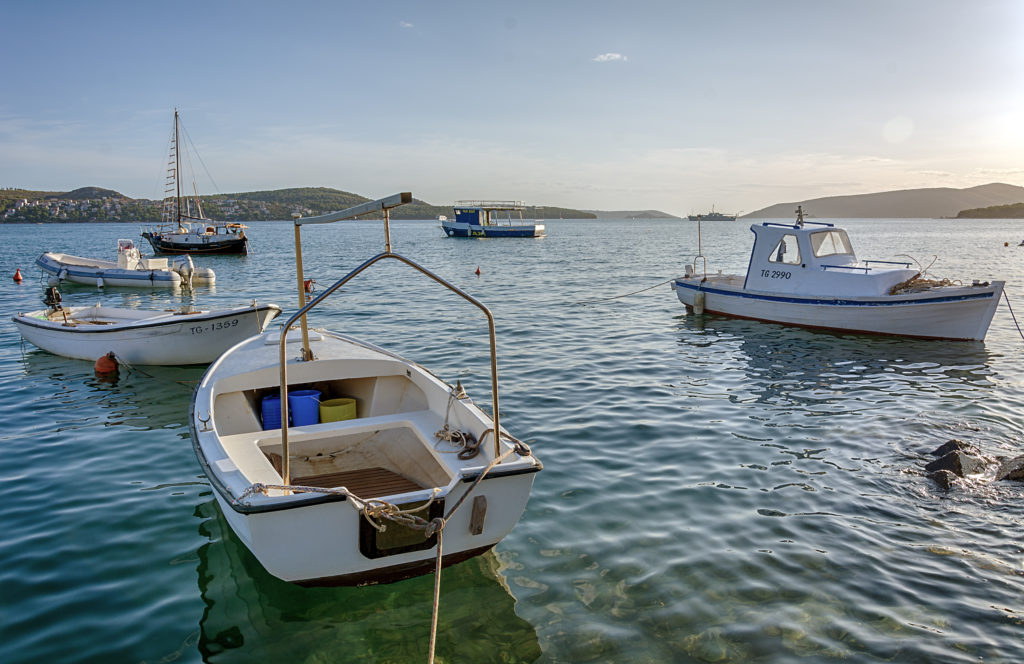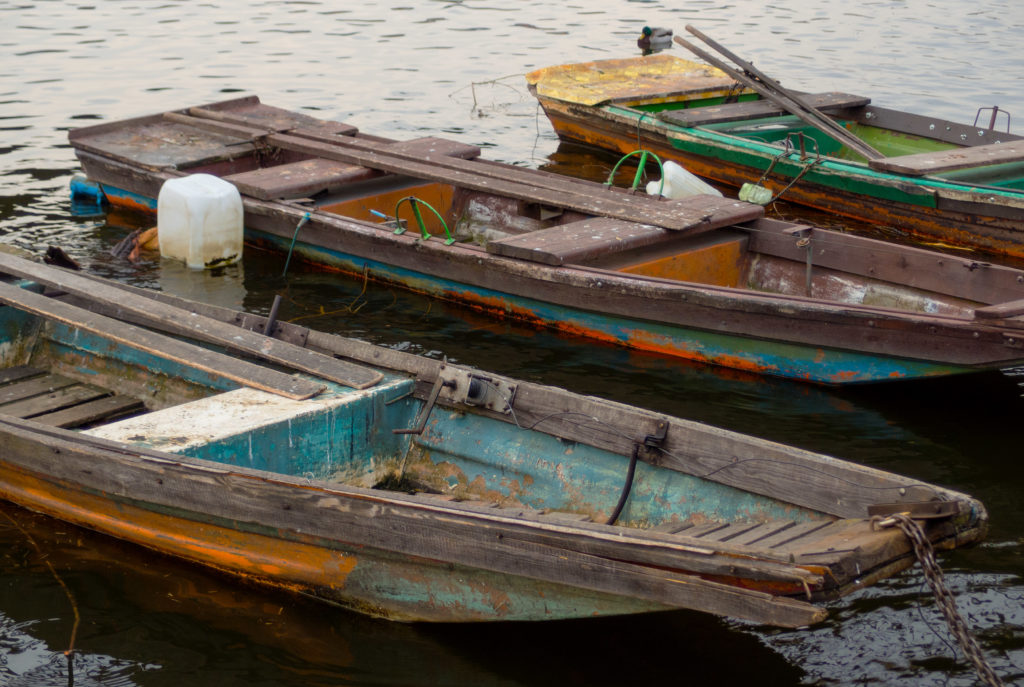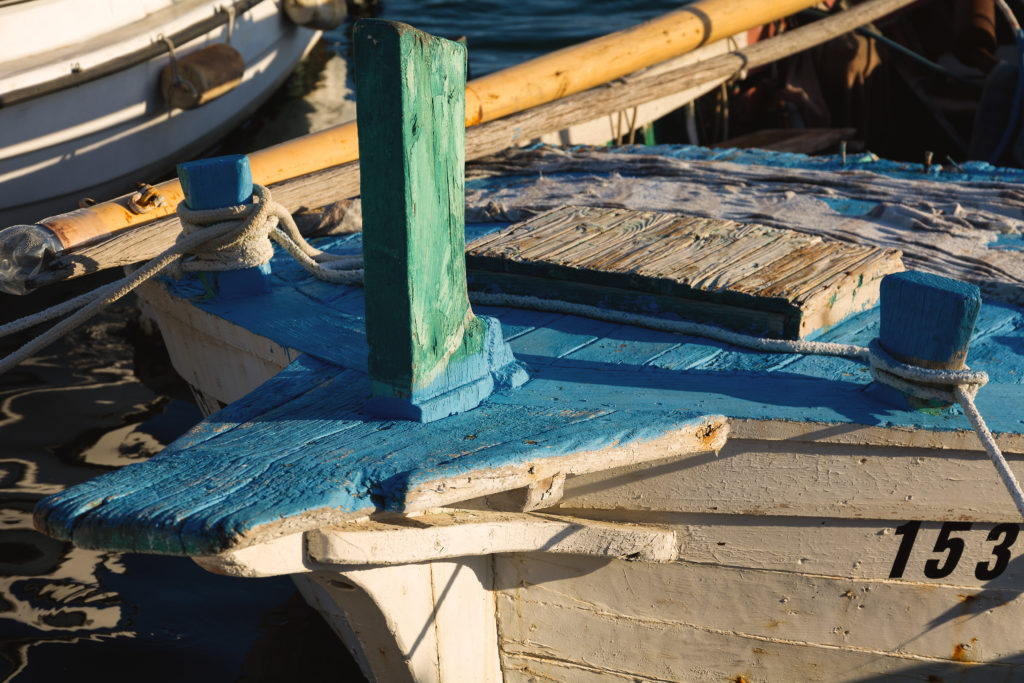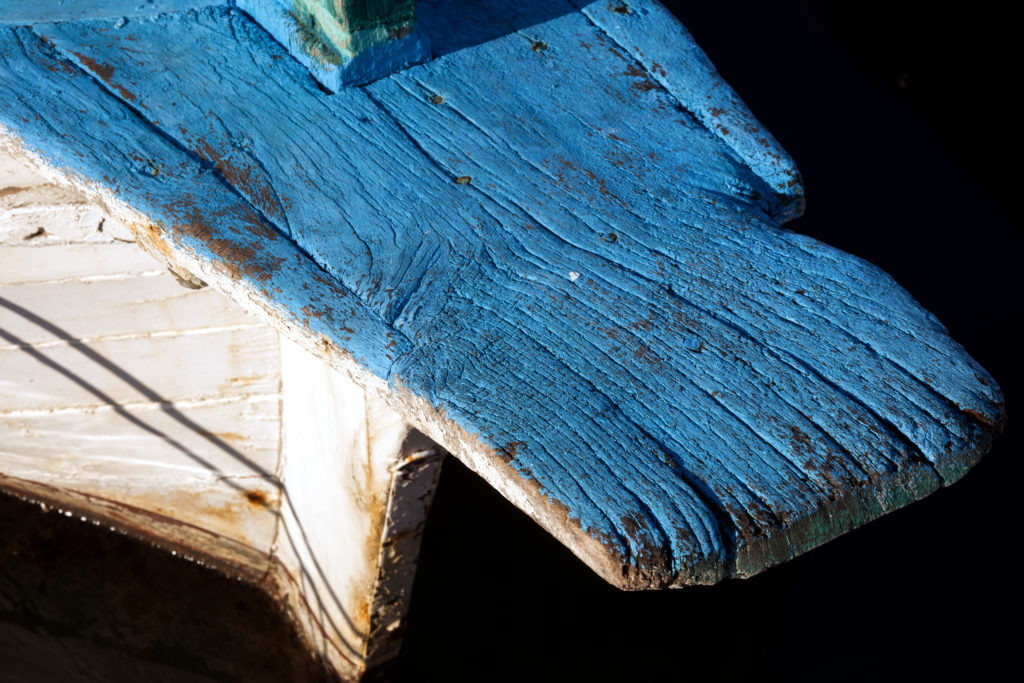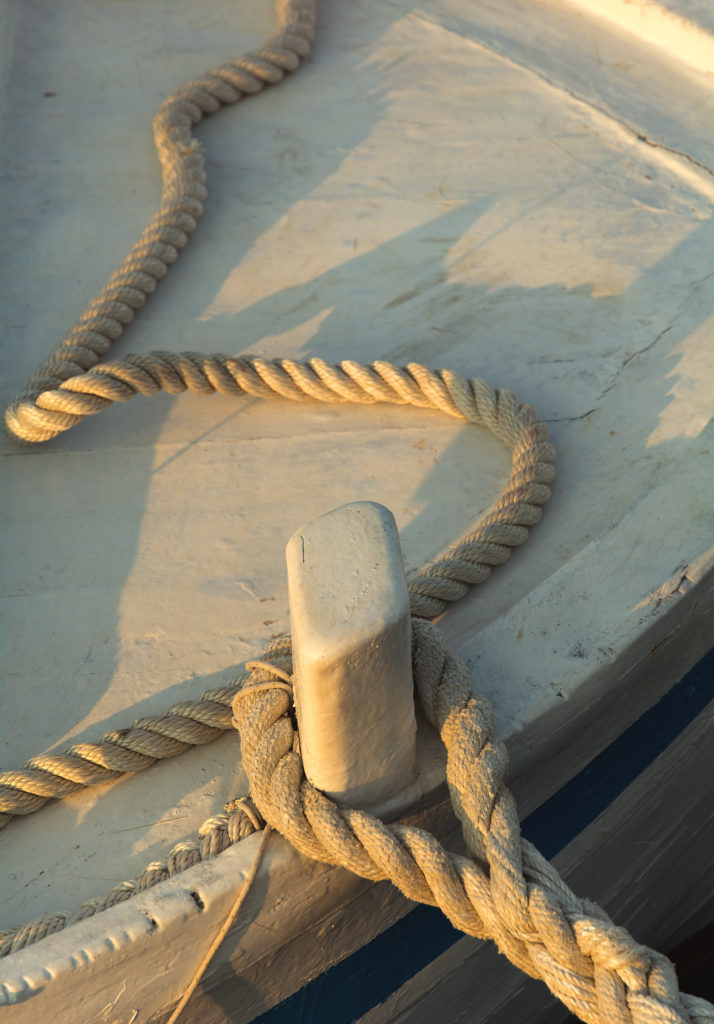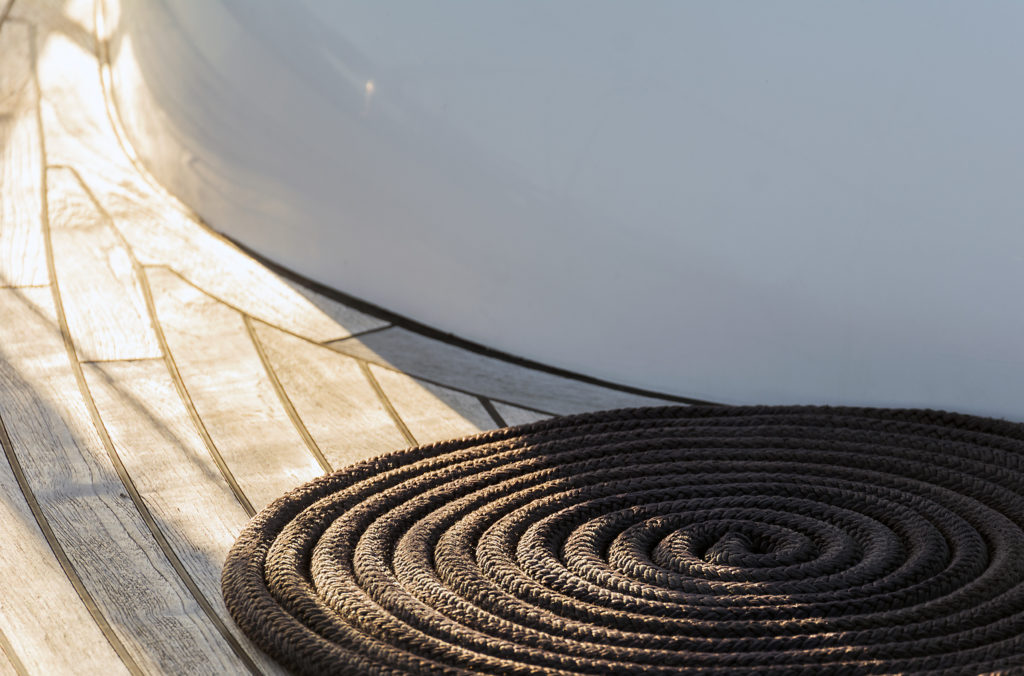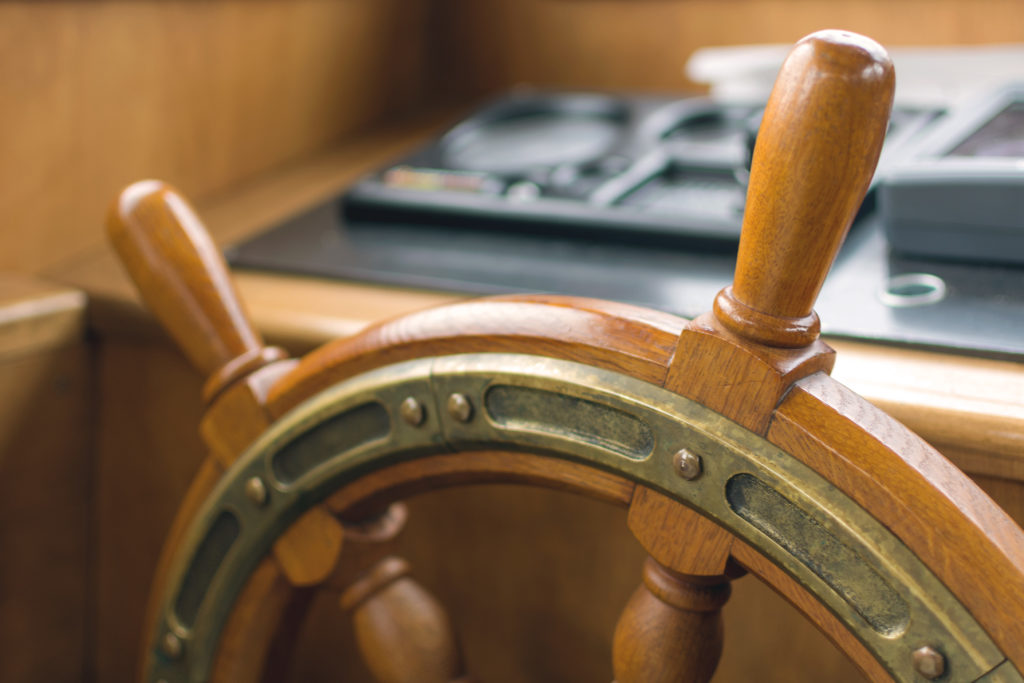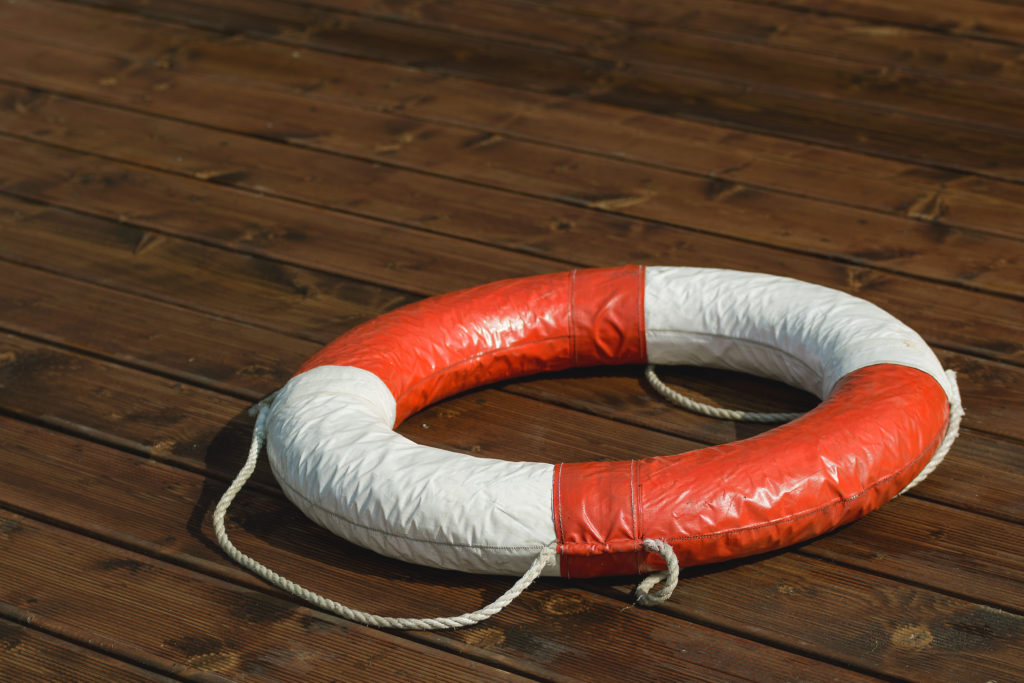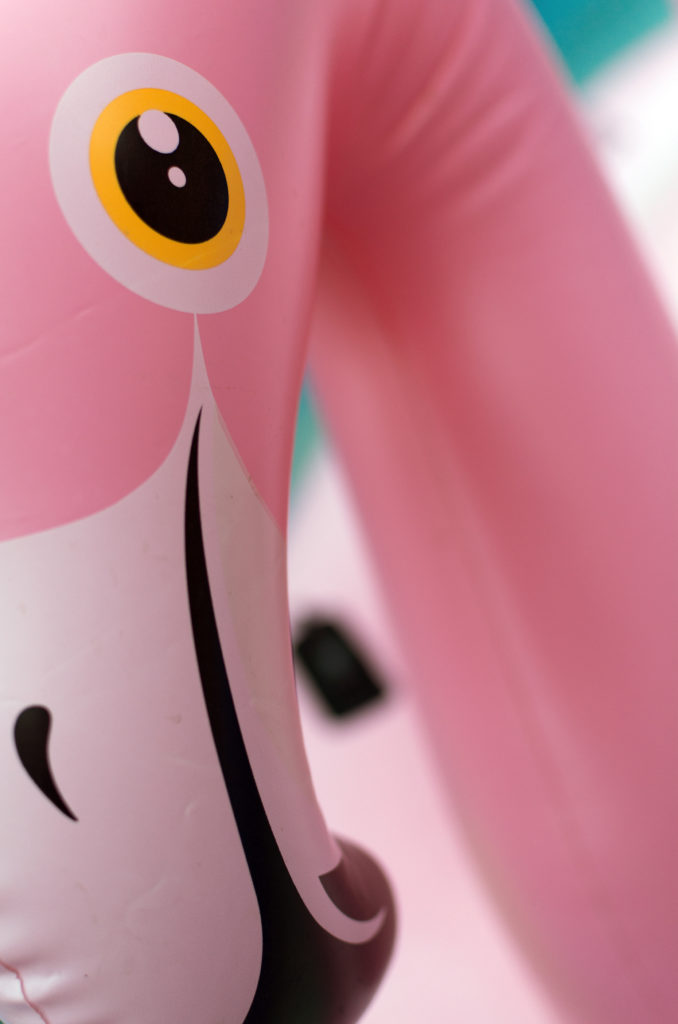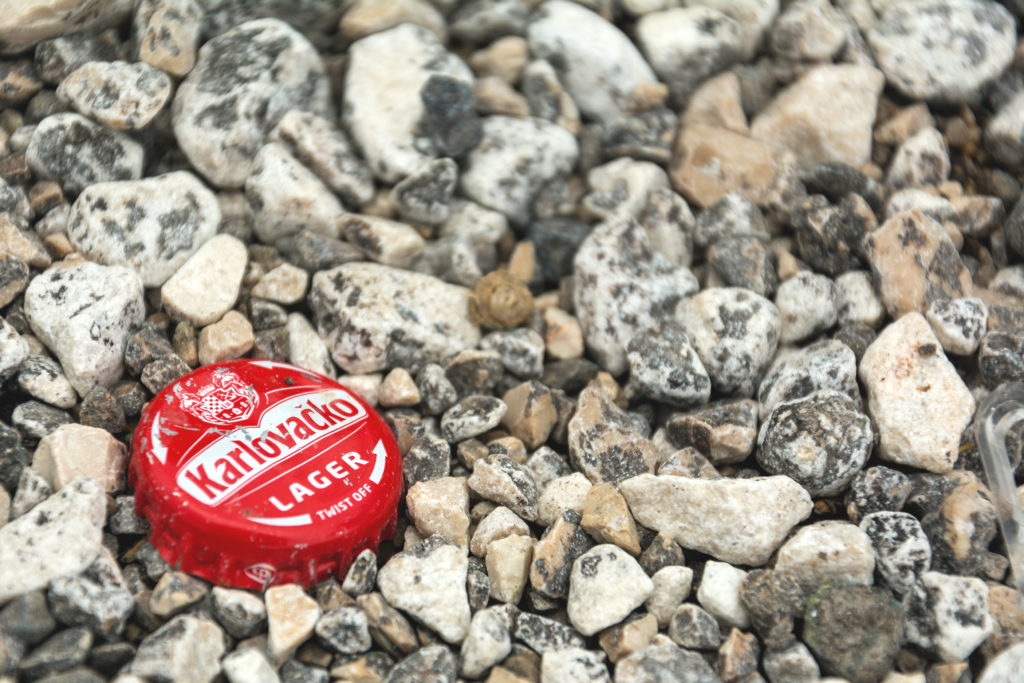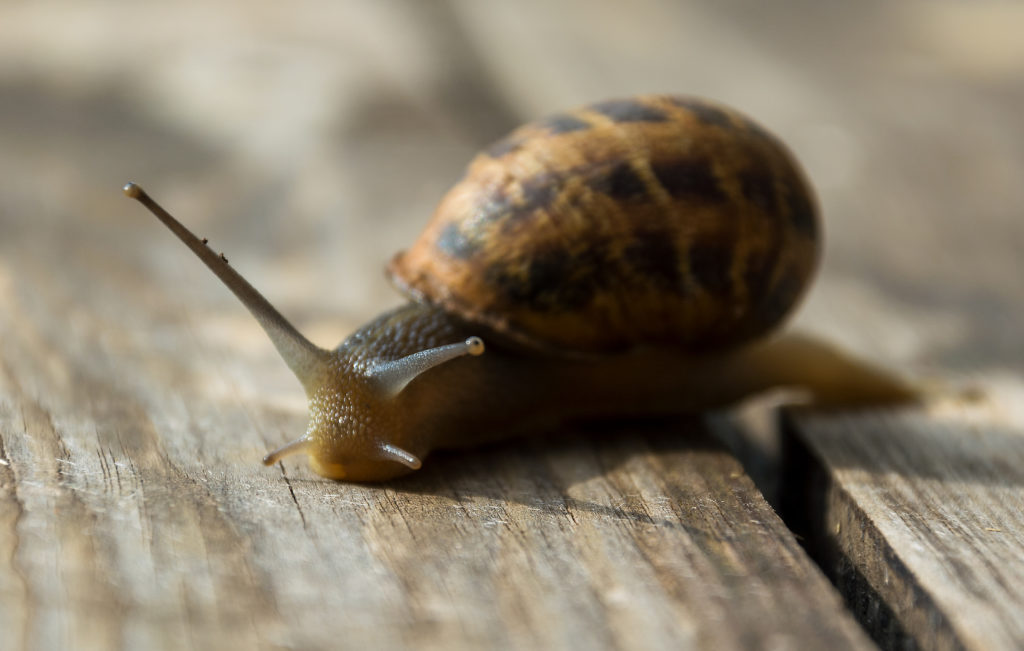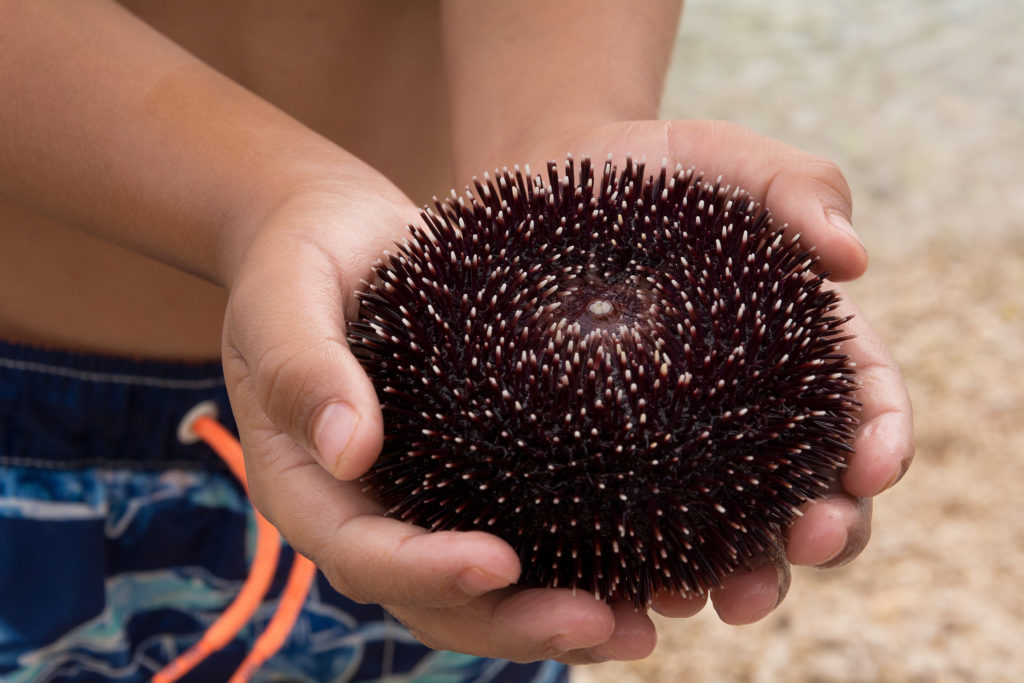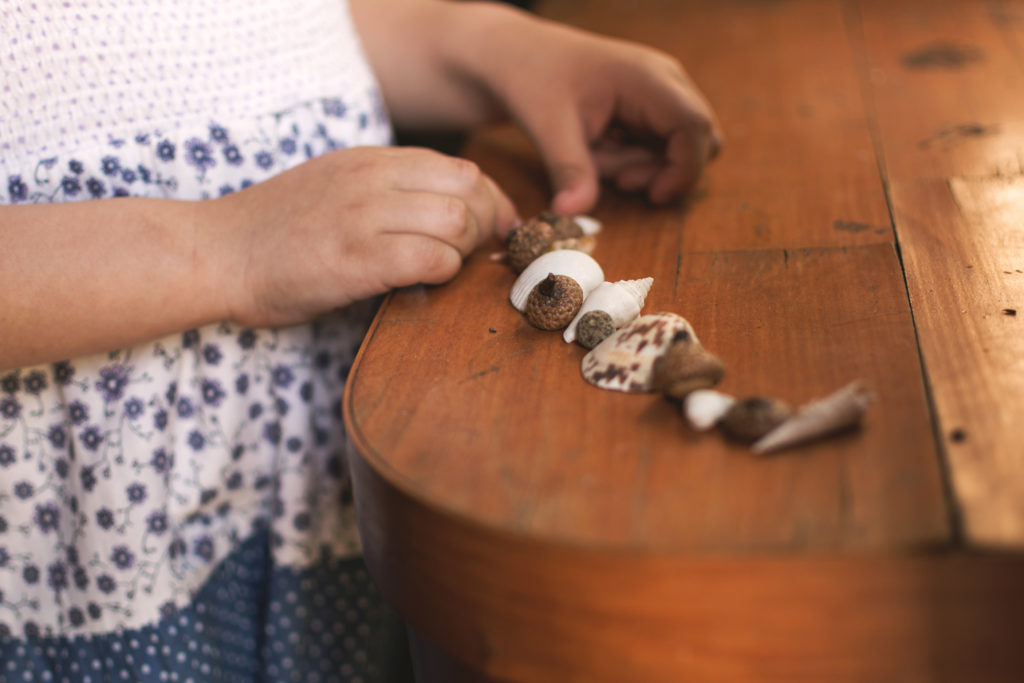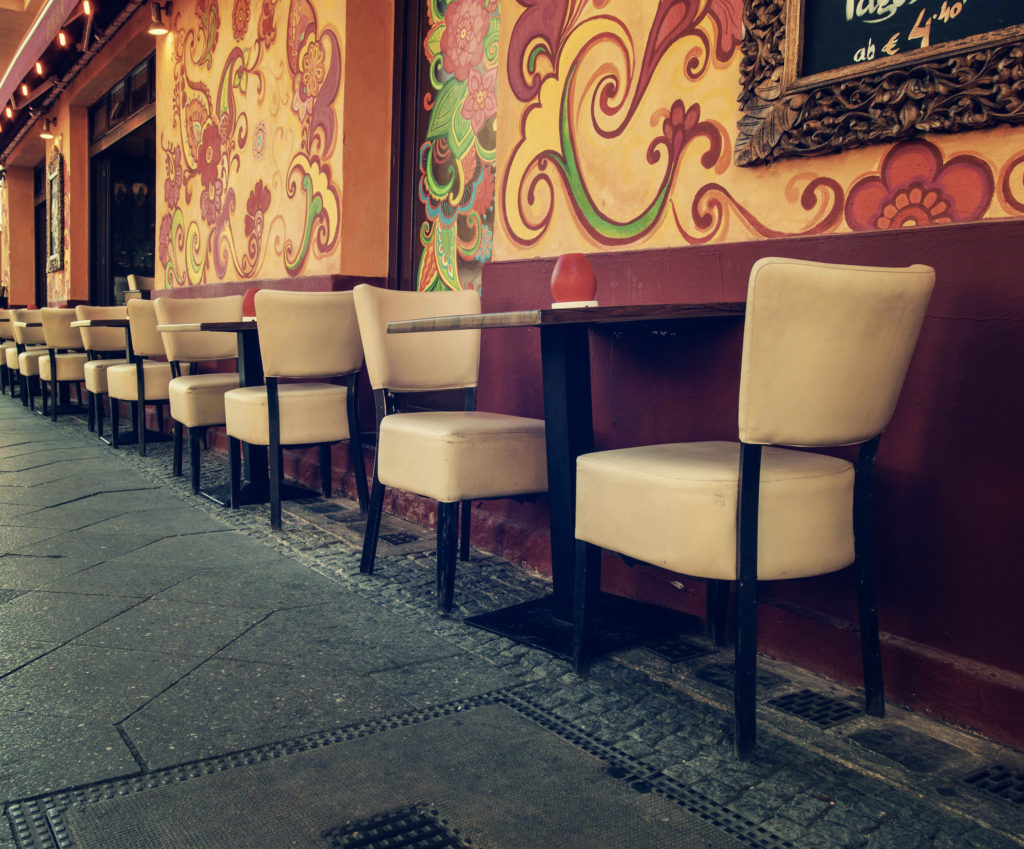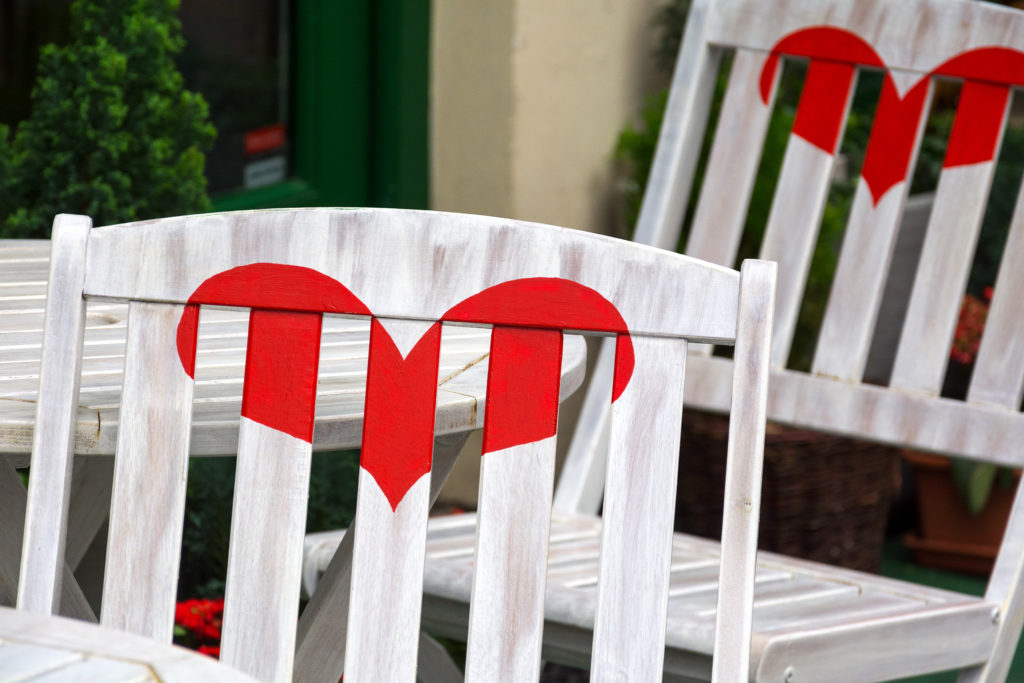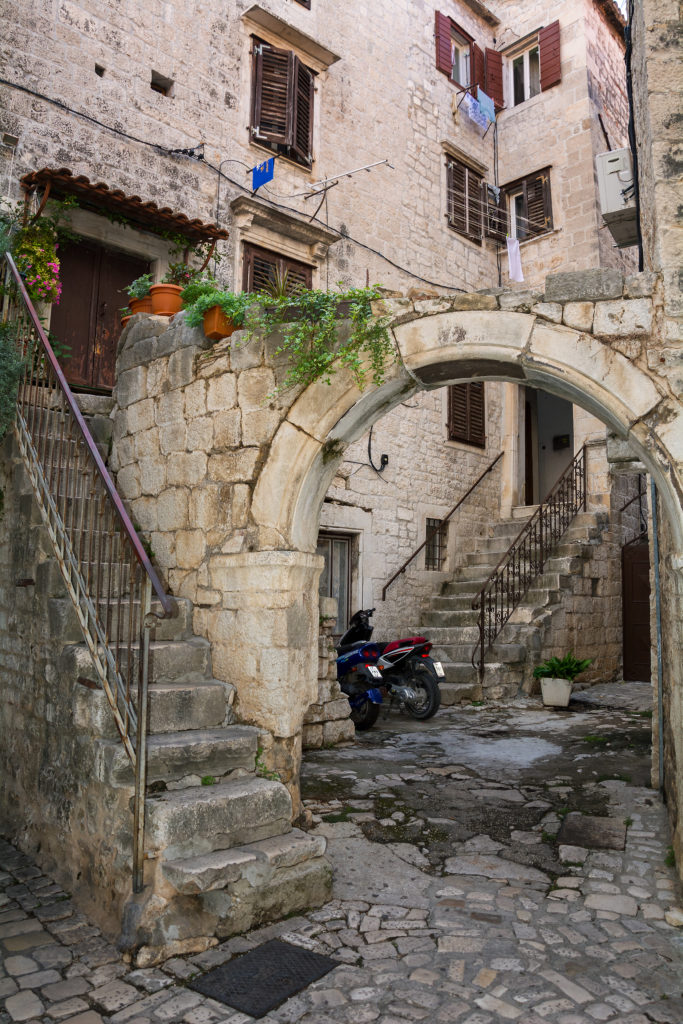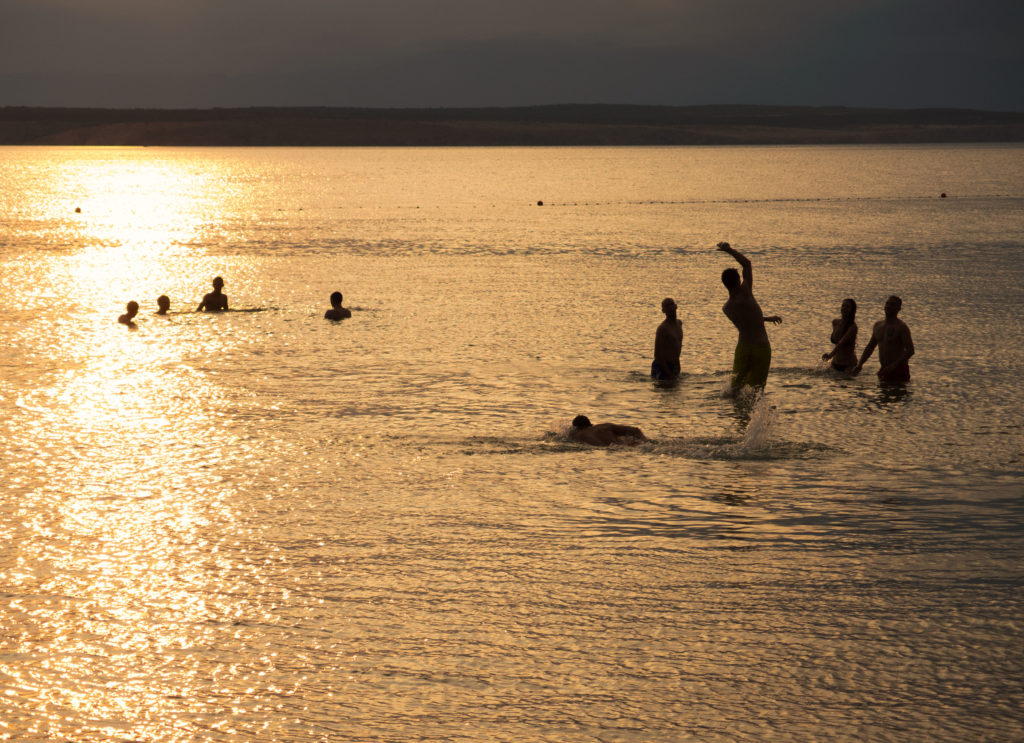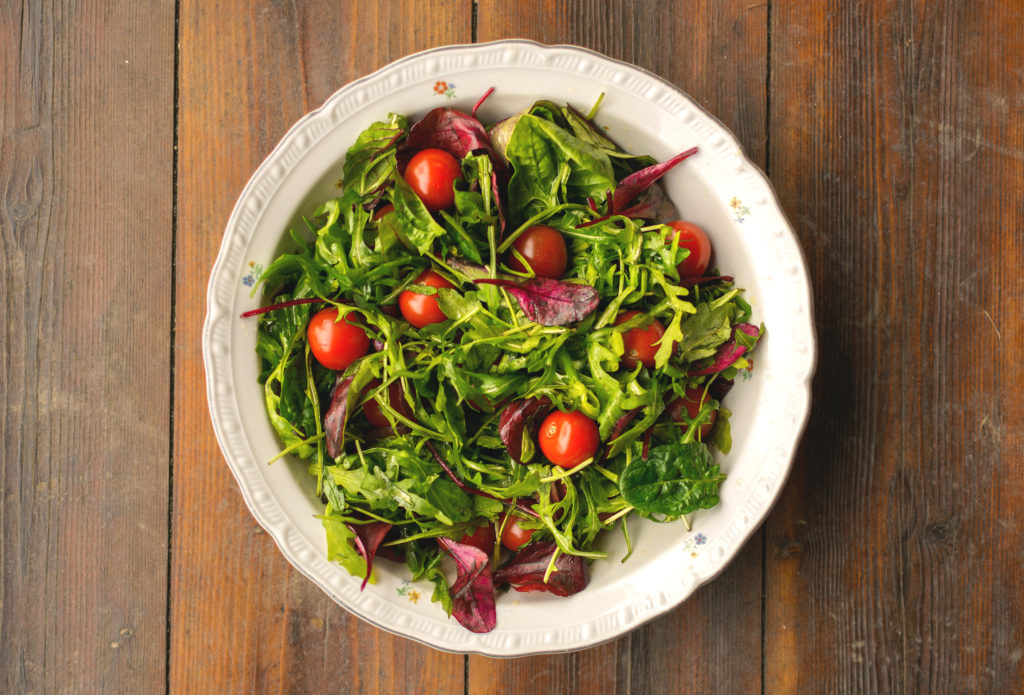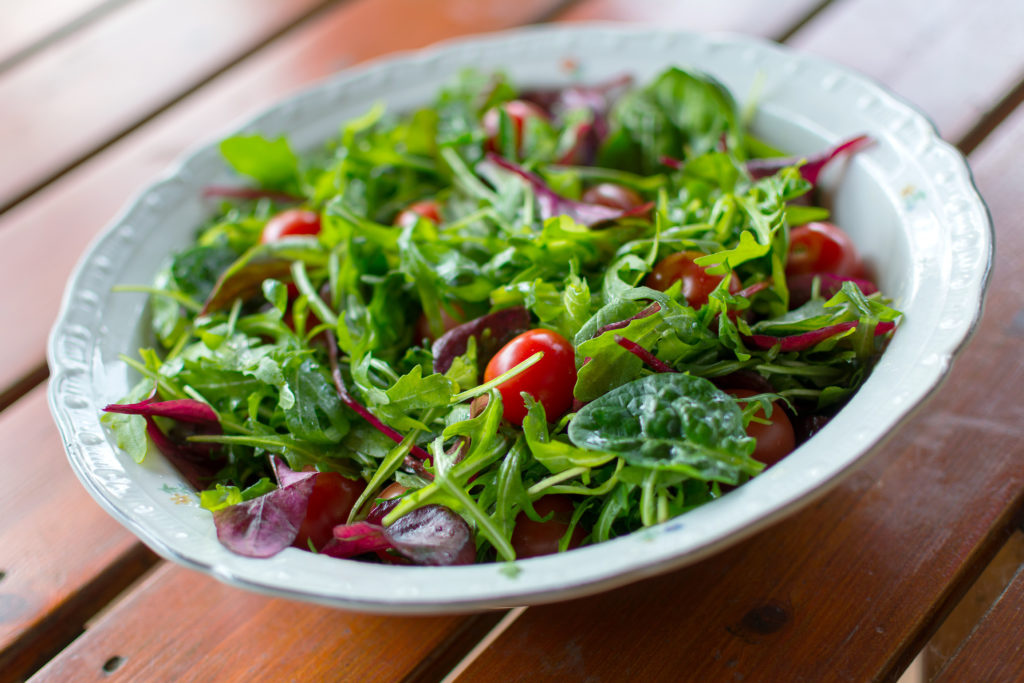A holiday by the sea is not only a great way to relax but also an opportunity to enjoy a photoshoot and take home beautiful pictures. In fact, just being in a different environment inspires you. Suddenly you notice completely different things, even things that are completely uninteresting to locals. It’s like when I live in Prague (check out Prague art prints) since I was a kid and all I can think of when I walk through the Old Town is how to get away from the crowds of tourists as quickly as possible. But the tourists are excited about how beautiful it is and take pictures like crazy.
So use that curious feeling of something new for the photoshoot. In this article, you will find an overview of how and what to shoot on a seaside holiday, what to look out for and what to focus on. If you are more interested in any of the topics below, just search the internet for more detailed tips. Most of the tips and photos are from Croatia and Greece.

How to take photos by the sea
Seaside climate, high humidity, salt water, lots of light. All of this has a big impact on photography and on the preparation for the shoot. Let’s take a look at a few of the most important things you shouldn’t forget when shooting by the sea.
Set aside time just for photography
Make time for a photoshoot. At first glance, it may seem that a photoshoot can be perfectly combined with a family holiday. After all, you have plenty of time and it’s no problem to take the photos you need. But if you’re not satisfied with the classic holiday photos that almost everyone has, the reality is quite different. You probably hardly want your family to walk with you on the hills around the beach, or to have to stop every few minutes during a walk and wait for you to take a picture of the waves splashing on the rocks. It’s not going to be pleasant for you or anyone else.
That’s why I recommend making arrangements in advance and setting aside a certain amount of time just to take photos. I try to do it that way and have had the best experience with it. For example, on a week-long vacation in the mountains, I arranged two afternoons where I took my camera and tripod and had long hours of quiet time just to take pictures. The rest of the time you can fully devote yourself to your family and not be upset that “I can’t even take pictures on vacation”.
Ideally, head out to take photos early in the morning or later in the afternoon and evening. If you’re alone, you’ll enjoy the shoot much more (you won’t feel like you’re holding someone up) and, more importantly, you’ll have plenty of time to “play around” with each photo to get the best possible result.
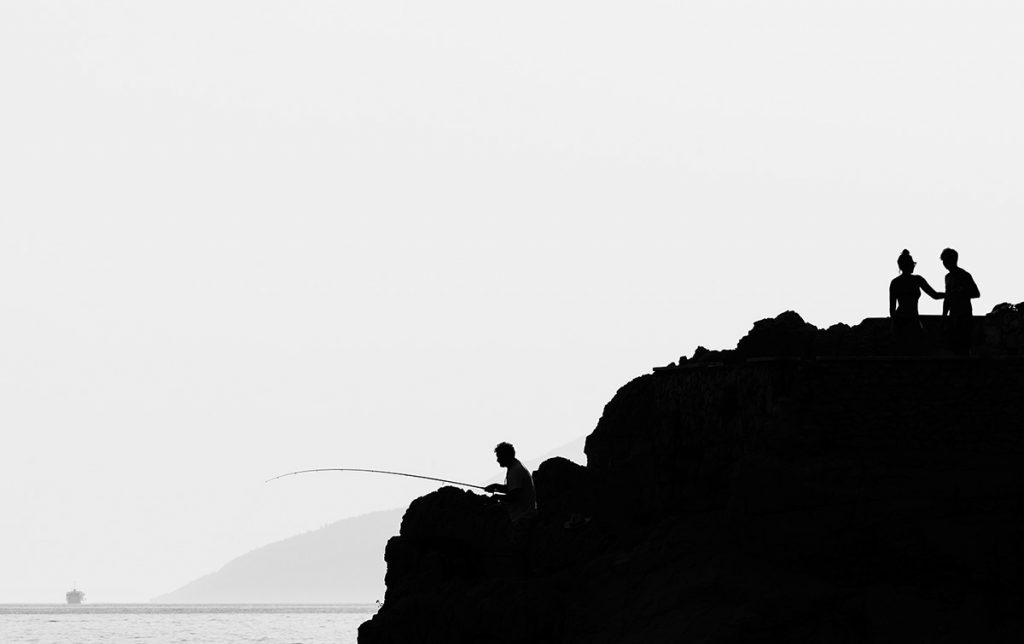
How to protect your camera at sea
Being by the sea certainly has beneficial effects on our bodies. But this is certainly not the case for camera bodies, other photographic equipment, and, in fact, any equipment, not just digital. At the seaside, the humidity is high, the air saturated with salt water, sand and heat. That’s a killer combination for a camera. So let’s take a look at how you can protect your equipment at sea.
- When you’re not shooting, keep your camera well packed. Put it in a well-sealed bag and wrap the whole thing in one or two plastic bags. This will minimize the chance of moisture, water, or sand getting to the camera.
- When you go for a walk, at the very least, carry a micro-tissue bag to protect your equipment from salt water droplets or flying sand.
- Avoid sandy beaches if possible. If you must go to such a beach with children, leave your camera at the hotel. There’s nothing worse than sand flying through the air. If it gets into your camera, it could be the end of it. When you take your camera, pack it very carefully.
- Consider buying a waterproof case for your camera. This will protect your camera and also allow you to take pictures underwater. You can get a basic underwater case for a few dollars.
- If you want complete peace of mind, you can buy an inexpensive waterproof compact camera that you can take to the beach and keep the big one for an evening walk.
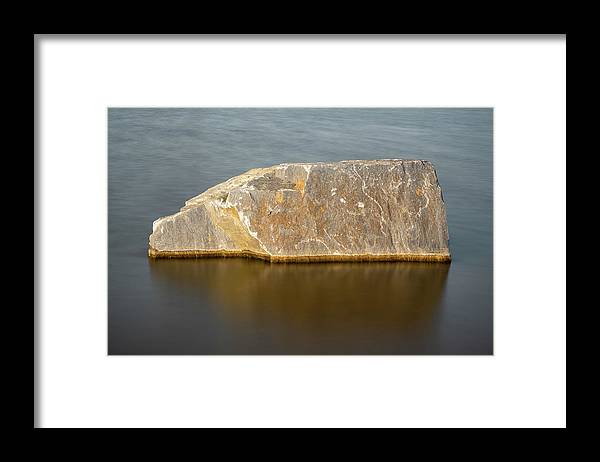
Correct exposure settings at sea
Light conditions at sea can vary but they usually have one thing in common. There is a lot of light everywhere. Not only the light directly from the sun but also the light reflected from the light sand, white boats, or the sea surface.
Although in most situations modern cameras can estimate the exposure well, in more extreme conditions they have a problem. This is because the exposure meter in the camera measures the amount of reflected light from the entire image area. So if dark areas dominate the photo, the camera will lighten the photo and vice versa. This often results in pale and bland photos with missing details in the shadows or, conversely, overexposure in the brightest parts of the photo.
In practice, for example, if you take a photo of a sun-drenched beach, the camera will underexpose the photo, making it dark and leaving little detail in the shadows. This is why you need to use exposure correction (+/-) to lighten the photo a little. The opposite problem occurs when most of the image is taken up by a dark sea, where the camera will overexpose the image, so set the correction to minus. This is a good rule to remember because you won’t see much on the screen in direct sunlight, so you won’t notice overly dark/light photos until you’re at the computer, which is usually too late.
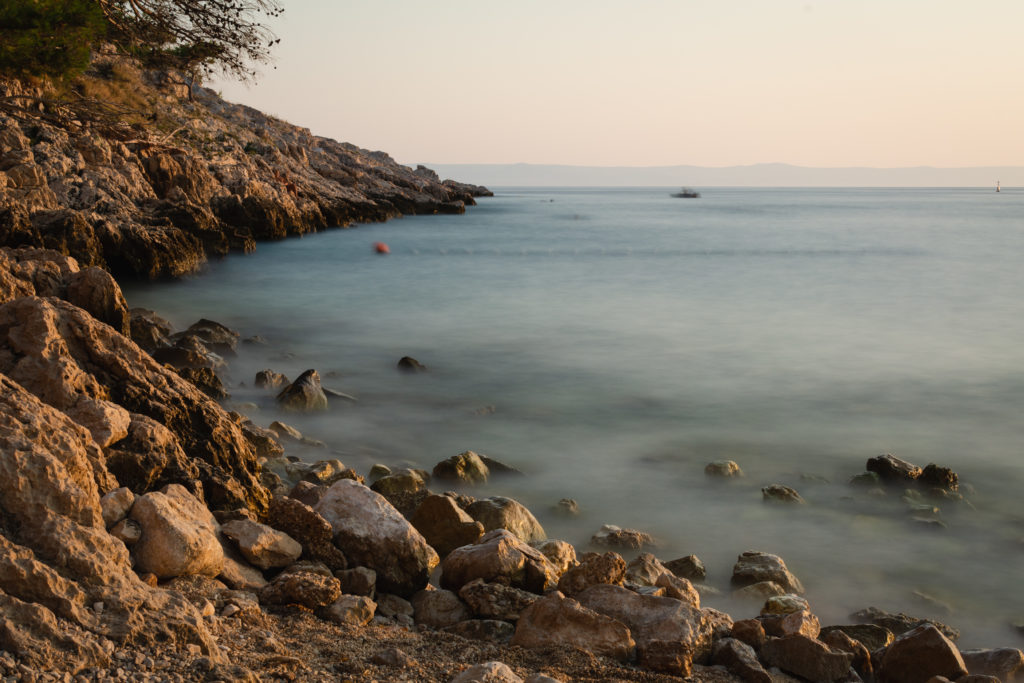
Photographic filters suitable for seaside photography
If you haven’t used filters before, a seaside holiday is a place to try them out. In my experience, the ND filter and polarizing filter come out as the most useful at the seaside.
Polarising filter
- Filters out glare from non-metallic objects, even from the sea surface.
- This makes it easy to take pictures of life under the sea, for example from a pier.
- Enhances colors and darkens blue skies.
- The polarising filter effect is strongest when the camera is pointed perpendicular to the sun. If you are shooting against the sun or with the sun at your back, the effect is almost non-existent.
ND filter
- A neutral density (ND) filter significantly (depending on the light transmission of the particular filter) increases the exposure time. This allows you to achieve a beautiful dreamy effect of blurred water in contrast with sharp still objects (rocks, houses, etc.).
- High-quality ND filters do not affect the colors of the photographs and do not reduce their quality.
- A tripod is a must when shooting with an ND filter.
UV filter
- I don’t usually use a UV filter. Still, it can be useful mainly as a lens protector. In digital photography, the UV filter has a negligible effect.

Don’t be afraid of the flash
If you have an external flash, don’t be afraid to use it during the day. It will come in handy when you’re shooting a portrait in the backlight, for example. The flash will make faces look bright and the background won’t be burnt out.
Try a black and white
Black and white photography can make even an otherwise bland scene look interesting. We usually convert a photo to black and white only in post-production. But there is another option. Most cameras allow you to shoot in black and white directly. But this is only suitable if you are shooting in RAW. If you shoot in JPG and later remember that you actually want the photo in color, you’re out of luck. On the other hand, the RAW file will also store the color data.
Choose black and white for scenes/photos where the main thing is not the colors but rather the shapes, lines, and contrast.
If you are interested in my black & white art prints, click here.
When to shoot
As with any other outdoor photography, it is best to take photos at the seaside during the so-called “golden hour”, which is the time approximately one hour after sunrise and one hour before sunset. This is when the sun produces beautiful yellow light and long shadows. And as we know, light is the most important thing for photography.
Still, don’t be afraid to take photos even at seemingly inappropriate times, like around noon. Interesting photos can be taken at any time. For example, you might want to take close-ups or portraits in the shade of a tree.
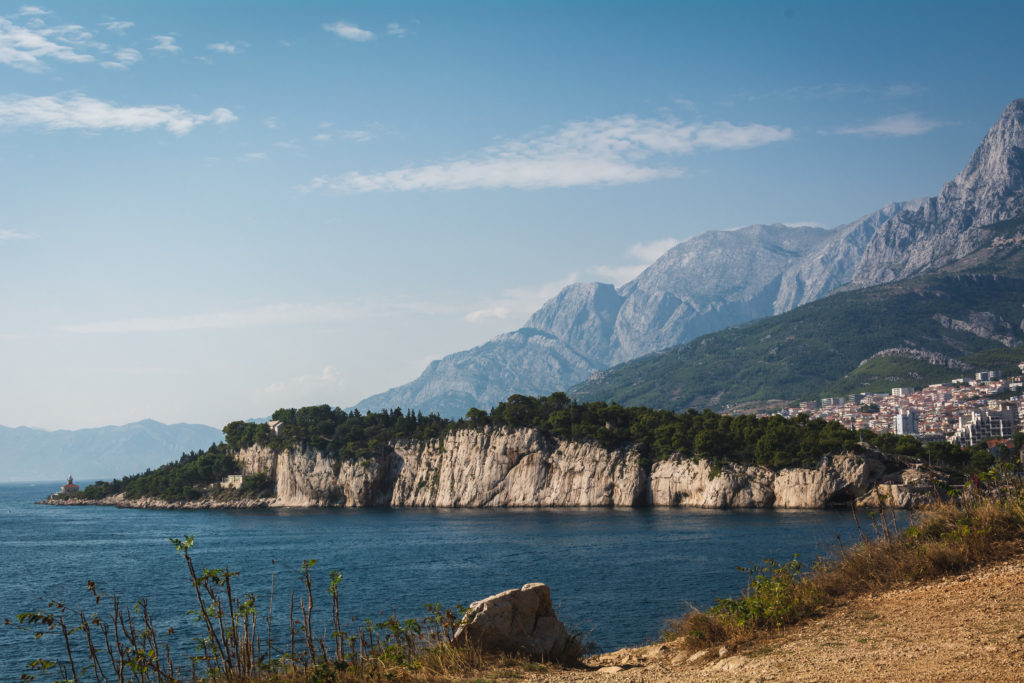
Concentrate on the horizon
Unless you have a special reason, it’s better not to have the sea horizon in the middle of the photo. In general, it is recommended to emphasize what is more interesting: an interesting sea and a boring cloudless sky = the horizon will be at the top of the photo; a not very interesting sea and a beautiful cloud pattern in the sky = the horizon will be at the bottom of the photo.
Also, make sure you keep the horizon level. This is often forgotten when shooting and then you have to correct it in post-production.
And what can be photographed by the sea?
Even in Croatia, which is notorious for being so jaded, you can find countless photo opportunities. And you have the advantage of being able to get lost among other tourists with your camera, so you don’t have to be shy to take photos on the street or on the beach.
People on the beach
Your family members or friends aren’t the only ones you can take photos of at the beach. With a bit of skill, you can take interesting photos of complete strangers too.
The first photo was taken on a beach in Makarska. I wanted to take the picture of the beautiful rocks with the setting sun in the background. But then there was a couple on paddleboards with a parachute flying in the background. I underexposed the photo a bit to make the rocks just a silhouette. And this is the result, do you like it?
The second photo is my favourite. It shows a young couple in swimsuits preparing to go swimming in the sea. The railing that was between them and me made quite an imaginative photo. I took it while walking around the island of Murter in Croatia.
The third photo of the girl in a bikini reading a book was taken on the beach on the island of Corfu in Greece. It’s a simple snapshot from the beach, which will nicely complement the holiday photos 🙂
The fourth photo is of my daughter with her swimming goggles in the sea. For photos of children, I recommend squatting down so that you can take them from their eye level or just a low height, as in this case. It also helps if you get close and focus on the eyes properly.
Play with exposure time
Sea waves are a great opportunity to play with exposure time. You can “freeze” the time or let the waves dissolve to create a dreamy effect with long exposures. A neutral density filter (ND) helps you to do this by reducing the amount of light hitting the sensor, thus extending the exposure time.
The first photo was taken in Croatia in 2017. I set the longest possible focal length on the lens to 105mm combined with an aperture of ƒ/5.6. This allowed me to use ISO 100 and avoid noise. I set the shutter speed to 1/640 sec, a time that can already “freeze” the waves. Looking at the photo today, however, I would have preferred to use a higher ISO and set the aperture to ƒ/16 to achieve a greater depth of field. When shooting “frozen” sea waves, a time of 1/250 sec to 1/1000 or more is generally recommended depending on how close you are shooting the waves.
The second photo was also taken in Croatia but in 2020. The photo illustrates well how using a long exposure time, in this case, 30 seconds, will create a dreamy atmosphere. I took the photo in Makarska with a 35mm lens and aperture of f/9 using a tripod of course.
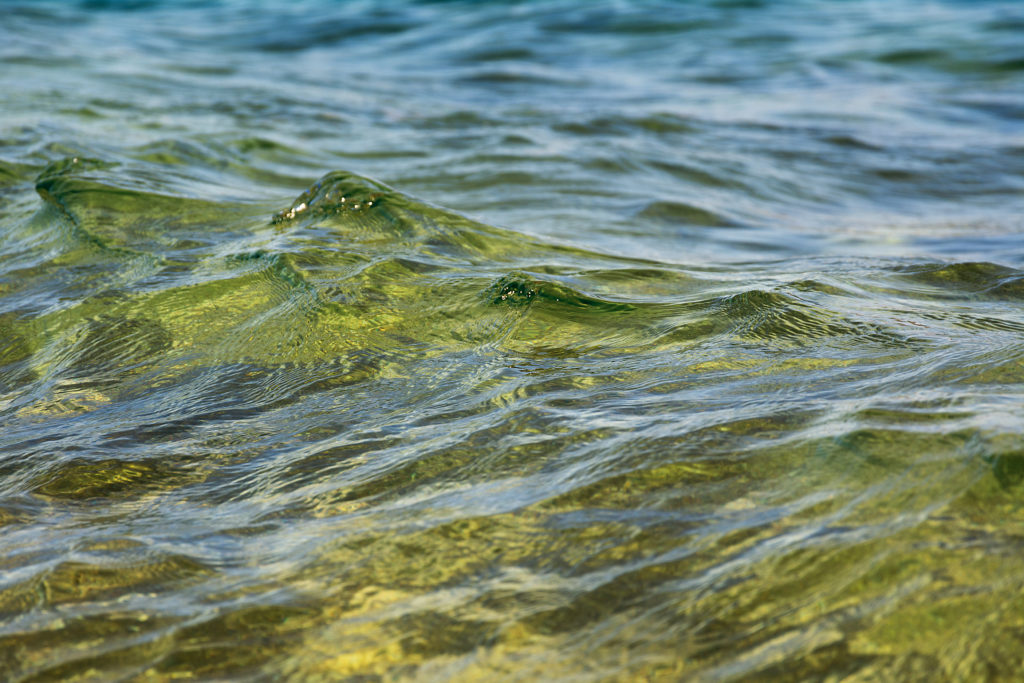

Photographing locals and other tourists
Photographing locals and other tourists on holiday is much easier than photographing people where you live. On holiday you are simply a tourist and everyone expects tourists to take photos. That’s why you can afford to throw shame aside and take pictures of people on the street, for example. But remember to follow the basic rules of decency. What helps the most is a smile. Just smile at someone when you take their picture and nod your head to say thank you.
And if you don’t want the people you’re photographing to see you, just shoot them from behind. It can still make for an interesting shot. Below are three photos from Croatia that I took during one holiday.
The first one is of a man looking at an impressive luxury yacht in the city harbor of Trogir. The second photo is black and white and is from the same town. I was photographing an old fortress and noticed that tourists were walking along a path between two puddles right past the metal frame. I just had to wait a little longer and take more photos of the people passing by. The last photo is from the village of Jezera on Murter, where two men were painting an old wooden fishing boat.
Photographing boats at sea
I love taking pictures of boats. They are beautiful, colorful, and made of quality materials, on which time has made its mark with beautiful wrinkles in the wood. My favorite thing is the different details of wooden boats that are painted in bold and often contrasting colors. I’ve divided my boat photography into four main categories:
- Ships at sea
- Traditional ships in the harbor
- Photographing parts of ships
- Details on ships
- Luxury ships in marinas
Photos of boats at sea with and without people
If you want to take a photo of, for example, fishermen in the harbor, you either have to get up very early or wait until the afternoon when they return. The second option is much more pleasant and also often hits the “golden hour” when the light is best. Therefore, first, find out what time most anglers return, and then some other day set aside 2-3 hours of time for yourself and go shoot. In my experience, you are more likely to catch returning anglers during the golden hour in September or conversely in late spring when the sun doesn’t set that late.
The first photo was taken during the golden hour when the sun was almost over the horizon. As a result, there is a beautiful yellow light in the picture and the faces of the fishermen are illuminated from the side. I took the photo with a Nikon D7100 with the lens set to 105 mm, aperture: ƒ/8, time 1/200 sec, and ISO 200. The image was taken in 2017 in the town of Jezera on the island of Murter, Croatia.
The second photo was taken early in the morning when the sea was still calm on the beach in Makarska, Croatia.
Below you can see two more photos of boats, the first one is from Croatia and was created using HDR (high dynamic range) technique. Camera Nikon D7100, Aperture: ƒ/9, Focal length: 18mm, ISO: 100, Shutter speed: 1/200 sec.
The next photo – an old fishing boat – is not taken by the sea but it could be 🙂 In fact, I took it in Prague at Výton. Shot with Olympus XZ-2, Aperture: ƒ/2.3, Exposure compensation: -7/10EV, Focal length: 15.4mm, ISO: 100, Shutter speed: 1/200s.
Photos of luxury boats in marinas
But it’s not just old wooden boats that are beautiful. You can also take great photos if you go to a marina with luxury yachts for the evening. These marinas are often not public, but if you look inconspicuous and confident enough, you’ll be able to walk right in 🙂 .
I took both photos below with my Olympus XZ-2 at Gouvia marina in Corfu, Greece in 2015.
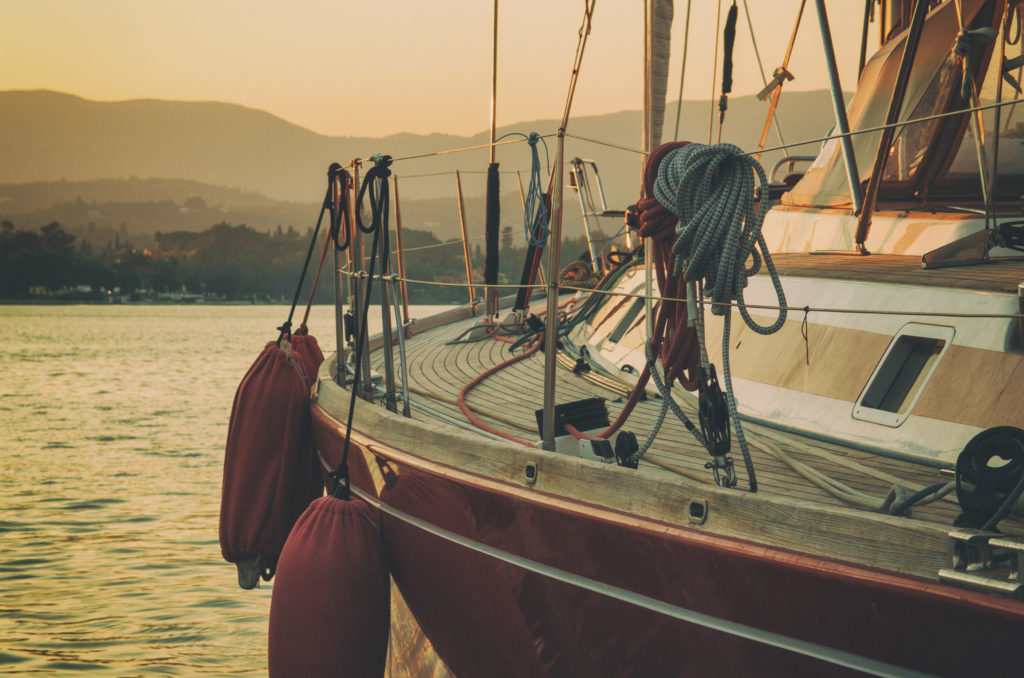

Let’s shoot the details of the ships
Another thing you can take pictures of at the seaside are all sorts of boat details. Just take an evening or early morning walk along a city pier in Croatia, for example, and if you look carefully you will discover many beautiful details. I recommend looking for old wooden boats with a distinctive wood texture. I took the following two photos at the town pier on the island of Murter. They are of the same wooden boat photographed in two different ways.
The third photo is from the same harbor and I especially like the color contrast of the wood illuminated by the evening sun with the blue sea in the background.
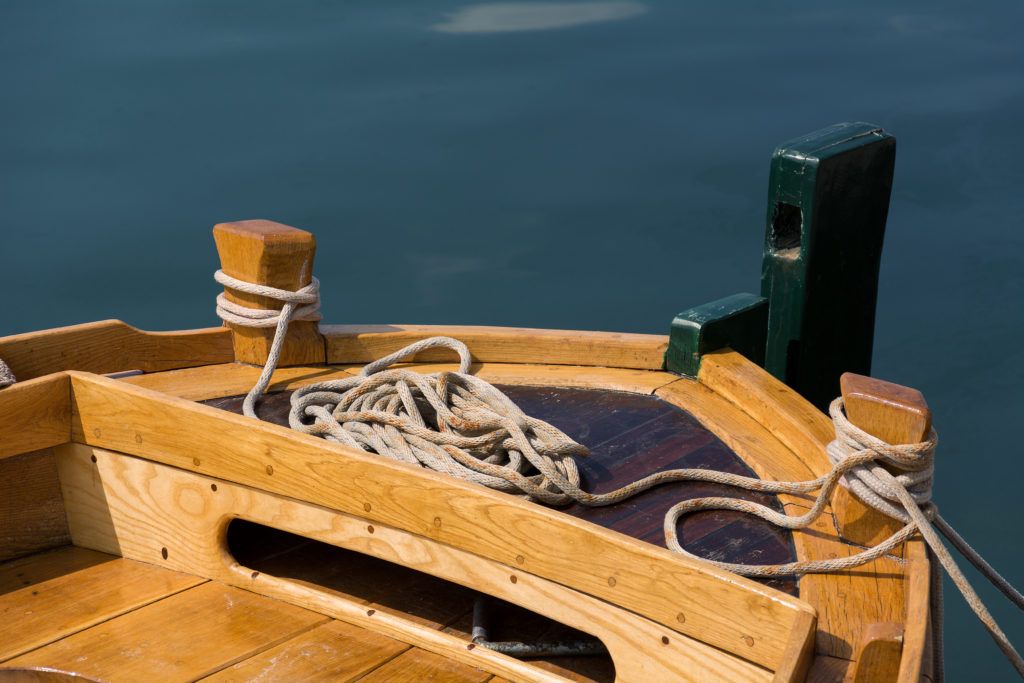
Boat ropes are another great subject for a seaside photoshoot. It’s quite interesting to see how fishermen and yachtsmen store their ropes. I suppose the fishermen don’t have much time for things like coiling the rope, so the ropes are just dumped on their boats. Either way, both options are interesting to a photographer. Again, I recommend going out to shoot during the golden hour to take advantage of the shadows that the evening/early sun creates. Both of the following photos were taken on the island of Murter in Croatia.
The last two photos from the category “details” were not taken at the seaside but in the Czech Republic. The photo of the wooden rudder is from my dad’s ship “Barka”, which you can see in the harbor under Vyšehrad in Prague. The photo of the lifebuoy I took in the Orlické Mountains by the pool 🙂
Photographing details by the sea
Photos of various details will nicely complement your photos from your seaside holiday. You can also take details and various close-up photos throughout the day, even around midday, which is usually not a good time for regular photography. At this time, however, it’s more suitable to shoot details in the shade of a tree or under an umbrella.
You can shoot details almost anywhere – on the beach, in the city, in the garden. For inspiration, I have selected some of my photos.
The first is a pink inflatable flamingo in a swimming pool, photographed close up to make it more interesting and not so ordinary. The next is a beer cork from the Croatian beer Karlovačko, thrown on the beach road. Note the placement of the cork in the photo, which follows the rules of the golden section, and also that even though it is a fairly minimalist photo, it is obvious at a glance where the photo came from. The third photo was taken in the garden of our bungalow on the island of Murter in Croatia. After the rain the garden was full of snails, I took this one on the table before breakfast 🙂 .
The next two “close-up” photos are of my children. In the first one, my son is showing a sea urchin that I fished out of the sea (we let him go right after taking the picture 🙂 ). In the second one, my youngest daughter is playing with shells and pine cones.
Seaside towns and architecture
Another thing most of us take pictures of on our seaside holidays is definitely the architecture. Picturesque streets of old towns, historic buildings, and other scenes of city life. It’s best to go early in the morning when the streets are almost empty and the morning light is nice. In the later hours, the streets tend to be full of tourists, so there’s no choice but to include them in the photo (which may not be a bad thing if that’s the intention) or point the camera a little higher above the tourists’ heads. It also helps to head into side streets as tourists often stick to just a few main routes.
I have divided the photos for this part of the article into two categories. The first is my favorite urban close-ups and cityscapes, the second is panoramas of seaside towns.
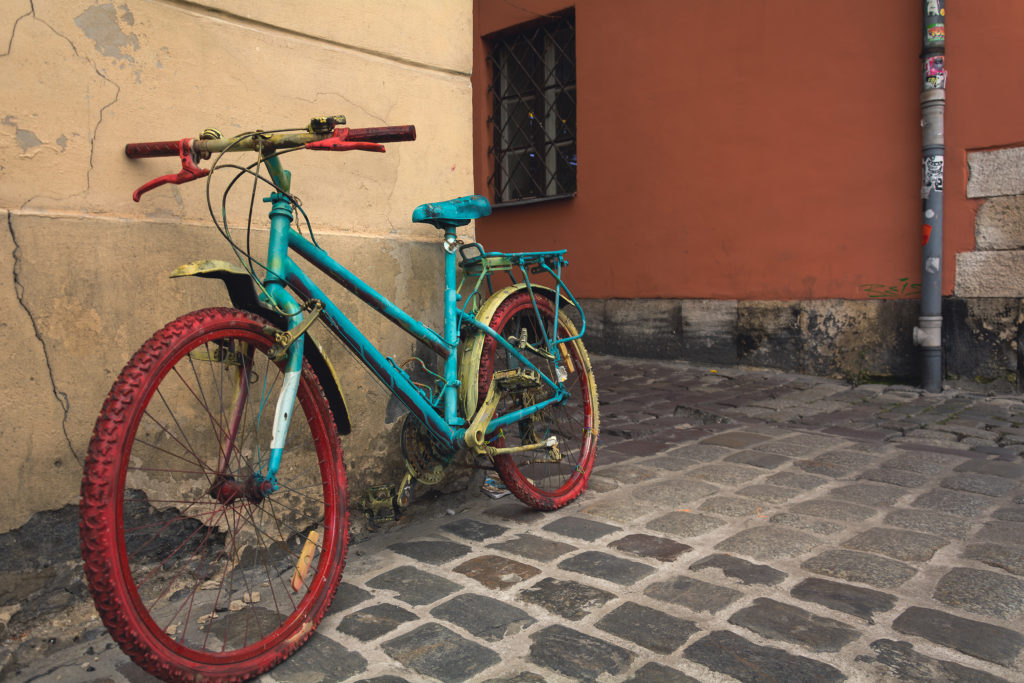
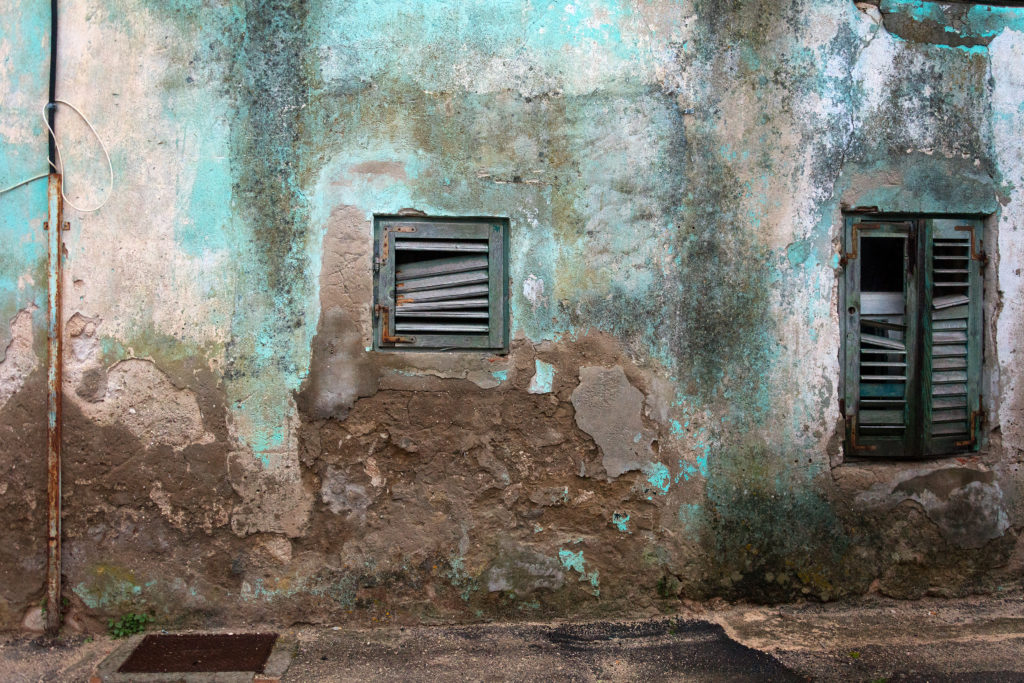
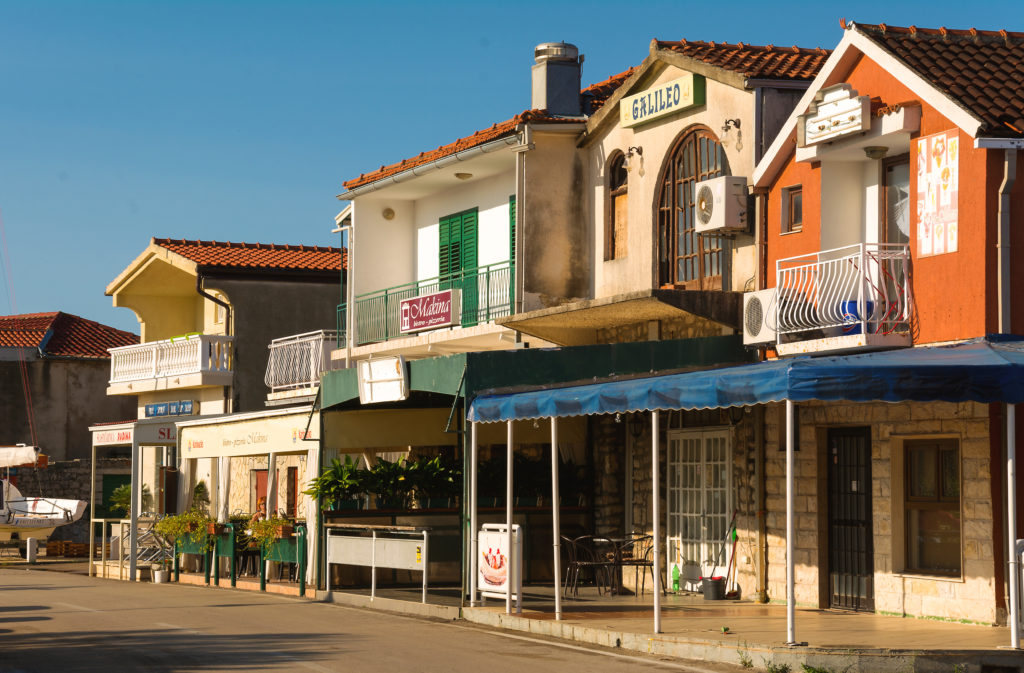

Photographing sunsets by the sea
Photographing sunsets by the sea is kitsch. Yet few of us can resist it 🙂 When you take a sunset, try to capture something in the foreground with it, like a tree, a boat, people, a pier, etc. The sea, the sky, and the setting sun look beautiful in reality but in photography, it’s such a tired subject that it usually results in a boring photo.
The first photo shows a sunset over the sea in a minimalist way. I think the second photo is more interesting. I took it during an evening walk on the beach in Croatia, where a group of people were enjoying the last rays of the sun.
Photographing seaside food and drink
Taking pictures of food is not my favorite thing to do. I don’t really enjoy it and it makes me feel stupid. If you feel the same way, you can do food photography on holiday in private, like at a barbecue, etc. But for those who like food photography, a seaside holiday is a great opportunity to give this photographic genre a proper try.
Apart from shooting seaside cuisine, you can also focus on other delicacies, such as coffee, ice cream, etc. It’s best to photograph food either from approximately the angle you see it when you eat or from an unusual view from above.
Photographing underwater
The last topic for shooting by the sea is something I have no experience with yet. Shooting underwater is very easy and affordable nowadays, especially with relatively cheap action cameras or waterproof compacts. Those who want to invest more can buy an underwater DSLR case and other equipment, like an underwater flash.
As I wrote, I have no experience with underwater photography, so the following illustration photos are not mine, unlike the others in the article, but I used photos from Pexels.
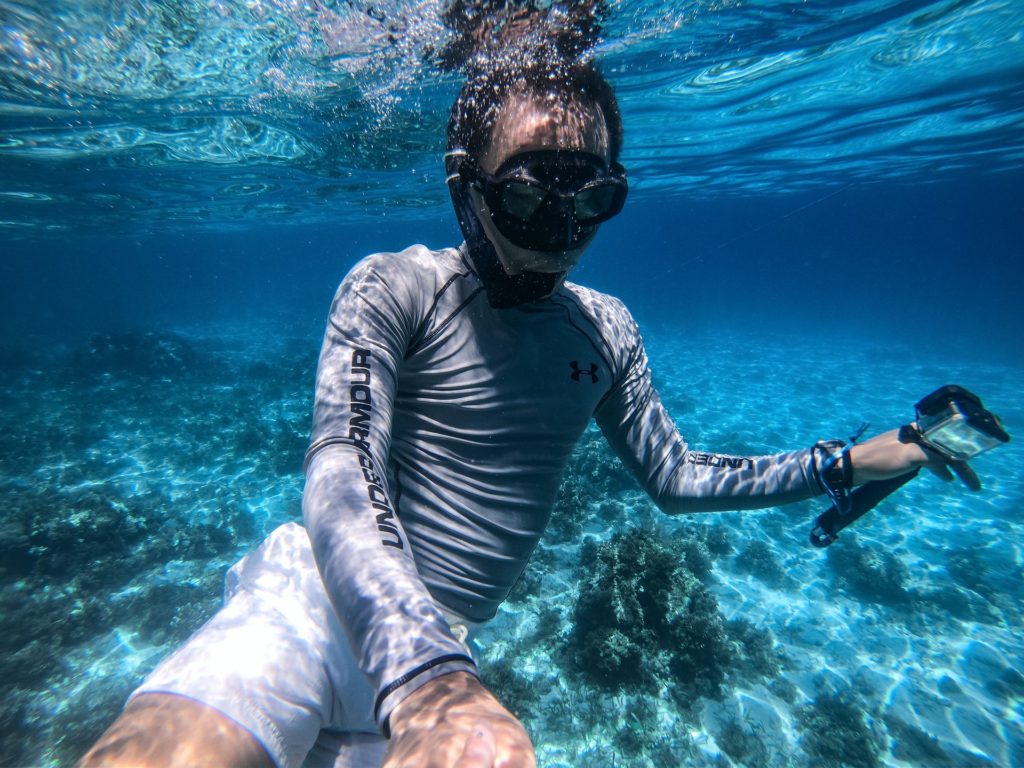
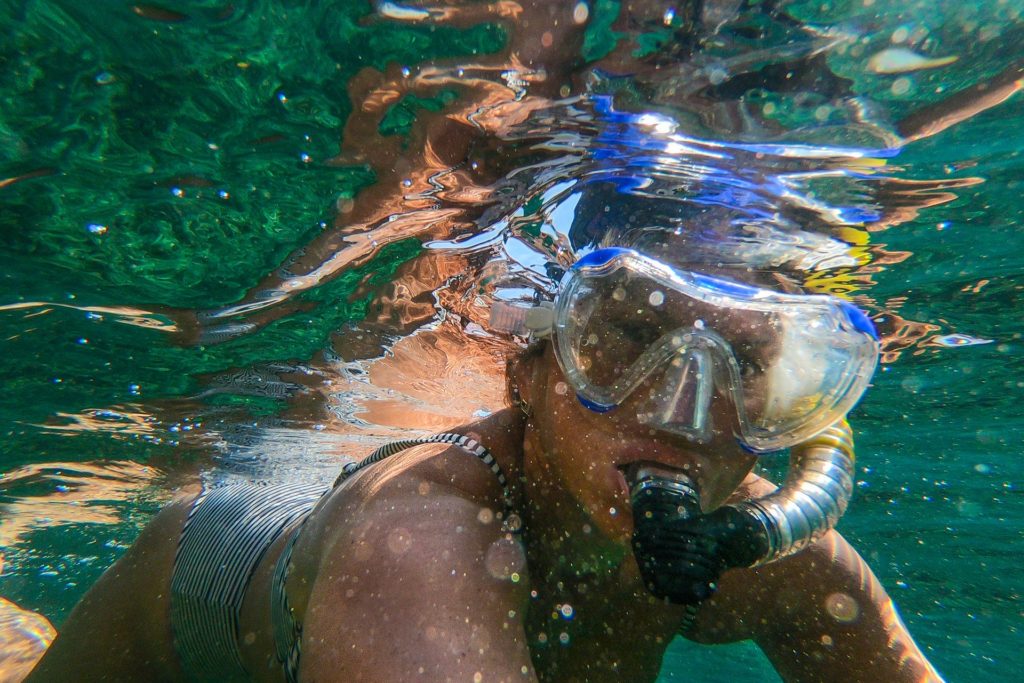
So, that’s all. If you are interested in the article or have other tips that people might find useful, I would be happy if you write in the comments.
